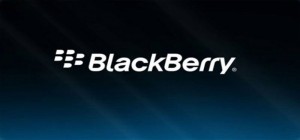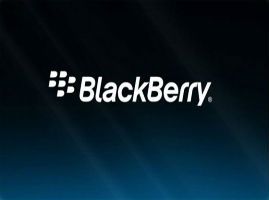

Heins put it this way: "To me, this is not just the next smartphone. This has the power of a laptop. This is not just a smartphone anymore. This is your personal computing power. Think about what you can do with that. How many personal computing devices do you carry? Why not unify this to one device that executes all your computing needs?"
The BlackBerry CEO continued: "We are talking about a mobile-computing experience that makes sure that for you as a user, you only have to carry one computing device. Then you get peripherals around it that make your life much more easy than it is today, carrying a tablet, carrying a smartphone, carrying a laptop, going to your office and having a desktop."
Heins was noncommittal about the methodology BlackBerry may use, but did say: "There are various configurations you can think about. We are working on a few of those, so allow me to not comment on those in depth, but we will talk about a few of those concepts at BlackBerry World." The BlackBerry World conference will take place in May, in Orlando.
Convergence of personal computing devices and the BYOD (Bring-Your-Own-Device) trends are such strong driving influences in the smartphone, tablet, and laptop sectors that several companies have tried to assemble various parts of the puzzle into a finished cohesive product that end-users would actually buy. Those efforts have met with limited success in the marketplace, but have at times generated real consumer interest and even excitement.


Motorola once introduced a device called a Webtop which did not make the grade with consumers, and Samsung very recently released a Smart Dock for the Galaxy Note II with results yet to be determined.
Assessment
The solution could be as basic as an industry-standard, non-proprietary connector with a proprietary BlackBerry software interface that would allow smartphones to interact with any laptop, tablet, desktop, or keyboard-monitor combination, as well as lapdock shells that do not supply their own storage, CPUs, or GPUs.
Instead of trying to create the entire hardware ecosystem, perhaps BlackBerry should focus on using their smartphones to supplement the CPUs, GPUs, and memory in low-cost laptops in order to give them as much or more power than typically found in workstations. If BlackBerry does that, the company could take the global market by storm.

 Laptop & Tablet Parts
Laptop & Tablet Parts





















